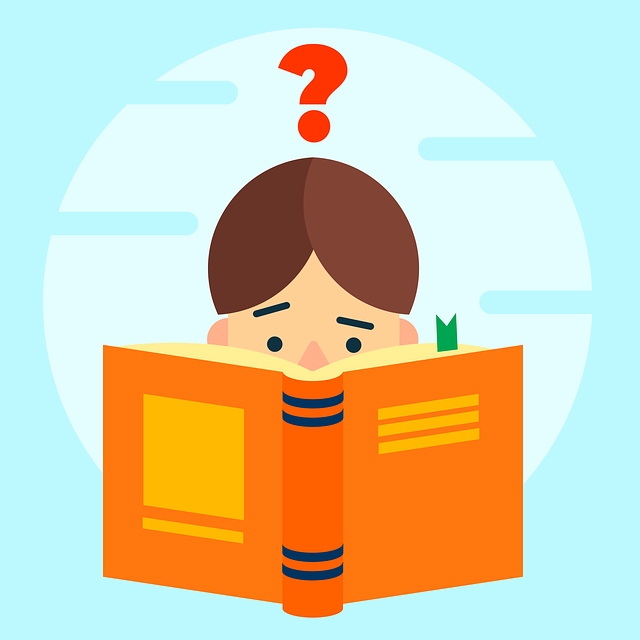Dyslexia Awareness Month
By Eqra Jan and Michaela Karam (Get Well Clinic)

What is dyslexia?
Dyslexia is a learning disorder that affects language processing areas of the brain, resulting in difficulty with reading and writing (Mayo Clinic, 2021). People with dyslexia have trouble with identifying speech sounds and decoding (i.e. relating sounds to letters and words). This does not, however, affect an individual’s intelligence (Mayo Clinic, 2021).
Dyslexia affects about 15-20% of the Canadian population (The Reading Clinic, 2021) and while there is no cure for the disorder, early interventions and emotional support can help. Unfortunately, dyslexia often goes undiagnosed for many years, sometimes until adulthood (Mayo Clinic, 2021).
What are the symptoms?
For young children not yet in school:
- Delayed initiation/production of speech
- Learning new words more slowly
- Trouble forming words
- Confusing like-sounding words
- Trouble remembering/naming letters, numbers, and colours
For school-aged children:
- Reading below one’s age-level
- Trouble processing and understanding what one hears
- Trouble remembering sequences
- Trouble seeing similarities/differences in letters/words
- Difficulty spelling
- Avoiding reading
- Inability to sound out unfamiliar words
For teens and adults:
- Difficulty reading and spelling
- Avoiding reading
- Difficulty memorizing
- Difficulty summarizing
- Mispronunciation and trouble with retrieving words (Mayo Clinic, 2021)
What are the risk factors?
Risk factors include a family history of learning disabilities (including dyslexia), premature/low birth weight, and exposure to drugs, alcohol, or infections during pregnancy that may alter fetal brain development (Mayo Clinic, 2021).
What are associated complications?
- Trouble learning
- Because reading is needed in almost every class, trouble reading can put a child at a greater disadvantage compared to their classmates/peers.
- Social problems, including
- Low self-esteem
- Behaviour issues
- Anxiety
- Aggression
- Withdrawal from relationships
- Problems as adults
- If one’s full potential is not unlocked as a child due to trouble with reading and comprehension, long-term educational, economic, and social consequences may result.
- Children with dyslexia have an increased risk of attention-deficit/hyperactivity disorder (ADHD), and vice versa. This can make dyslexia harder to treat (Mayo Clinic, 2021).
Treatments:
Early intervention can be significant in the normal development of reading and writing skills. For example, through daily training of phonological awareness problems before second grade, a major reading disability can usually be prevented. This involves practice with rhymes and syllables to identify individual sounds (The Reading Clinic, 2021).
A Multi-Sensory Approach is also helpful as it focuses on repetition in order to strengthen a child’s understanding of sound-symbol relationships (The Reading Clinic, 2021).
If you are concerned that your child may have dyslexia or a different learning disability, contact us to request a psychoeducational assessment.
References:
Mayo Clinic. (2021). Dyslexia. https://www.mayoclinic.org/diseases-conditions/dyslexia/symptoms-causes/syc-20353552
The Reading Clinic. (2021). Dyslexia. https://thereadingclinic.ca/programs/dyslexia/